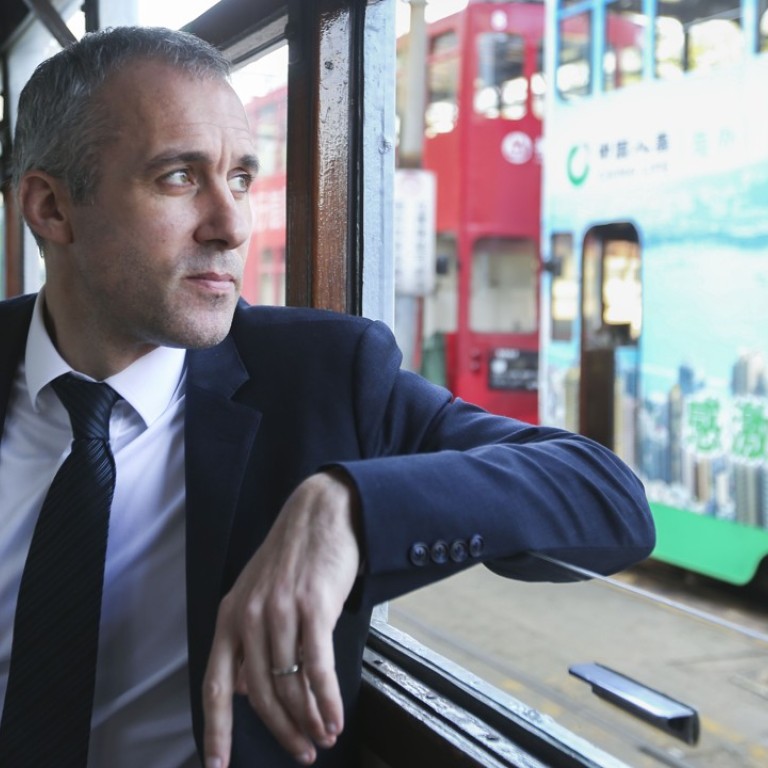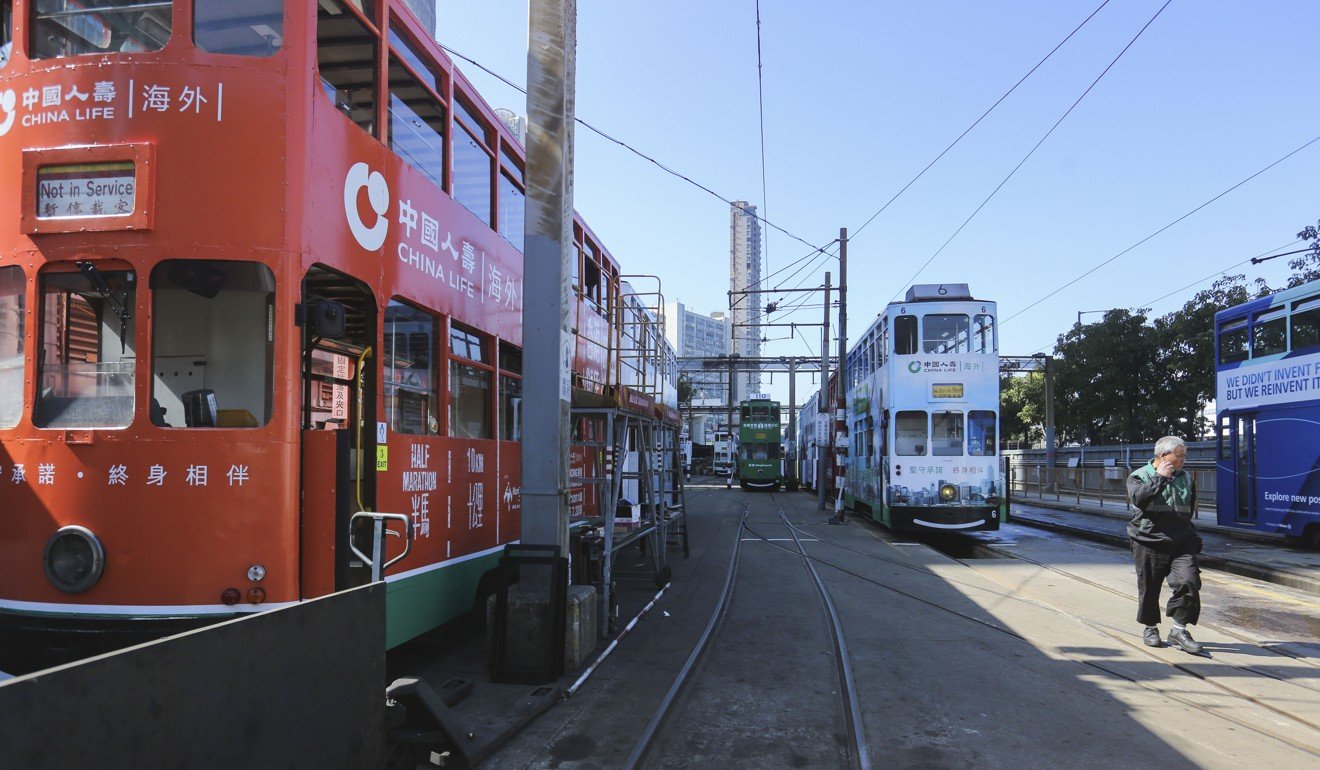
Hong Kong trams on track for a smoother (and quieter) ride
Hong Kong Tramways’ new managing director says company needs to ‘catch up with the times’ with overhaul of outdated undercarriages
Hongkongers will gradually be spared the screeching and banging noises from their city’s trams over the next 10 to 15 years, as the illustrious vehicles get a multimillion-dollar facelift to give a quieter and smoother ride.
The trams’ undercarriages – the bogies which support the tram and contain its wheels, axles, motors and brakes – have been in place since the 1950s and need a makeover to keep with the times, according to Hong Kong Tramways’ new managing director, Cyril Aubin.
Aubin revealed that the company would commit to a major investment not seen in decades for the replacement of the bogie system on its 164 streetcars.
Affectionately known as “ding dings” for their bell sounds, the trams generate a less pleasing rumbling noise as they move along the tracks, especially when negotiating sharp bends.
The company said the new bogies, self-adjusting and computerised, would reduce noise by up to 40 per cent, ease friction on the lines and save energy. They will also have sensors to capture real-time data for operational analysis.
“The current bogie system of our trams is very well maintained but its design is very old. We need to catch up with the times and modern technology,” Aubin, who became managing director late last year, said.
Then and now: following the old tramway on Hong Kong Island
“We are weighing two design options and are going to make a final decision in the middle of this year. Then we can proceed to carry out the replacement work over the next 10 to 15 years – about five to six tramcars a year. This will be the biggest investment our company has undertaken so far.”
Aubin said it was too early to estimate the cost for the overhaul, but said it would definitely be “much higher” than the HK$30 million spent moving the operator’s substation from Times Square in Causeway Bay to two nearby sites this quarter.
The French-owned tramways company has not sought government subsidies for the improvements. The project cost is expected to account for 25 per cent of its annual spending for its duration.
“We will rely on our revenue to fund this project,” Aubin said. “It’s a question of sustaining the company. If we have a vision for the long term, we have to invest in the future to make tram rides more comfortable and attractive even if it means that there may not be any direct returns.”

Aubin said the pace of the replacement would be faster if the government approves 13 per cent fare rises that the company has asked for.
“We are still waiting for the government’s approval. I hope it will come in very soon,” he said.
Watch: What is it like to operate Hong Kong’s trams?
The mooted fare hike would be the first increase in six years. Under the company’s proposals, adults would pay HK$2.60 per trip, up from the current HK$2.30. Children and the elderly would pay HK$1.30 and HK$1.20 respectively, both up 10 cents.
Aubin said that rider numbers had stabilised to about 185,000 per day after a continuous drop over five years. He added that he planned to propose lengthening some dedicated tram links to make services more efficient.

Eric Lee, chairman of Hong Kong Trams Enthusiast, a group for fans of the carriages, said he welcomed the bogie revamp. He said Wharf Holdings, which owned Hong Kong Tramways from the 1970s until 2010, did not put any money into improving the streetcars’ hardware.
“That’s why trams have given people an impression they are very old and antiquated. Actually the hardware of trams should have been upgraded a long time ago, to make them more modern and efficient to attract more passengers,” he said.

